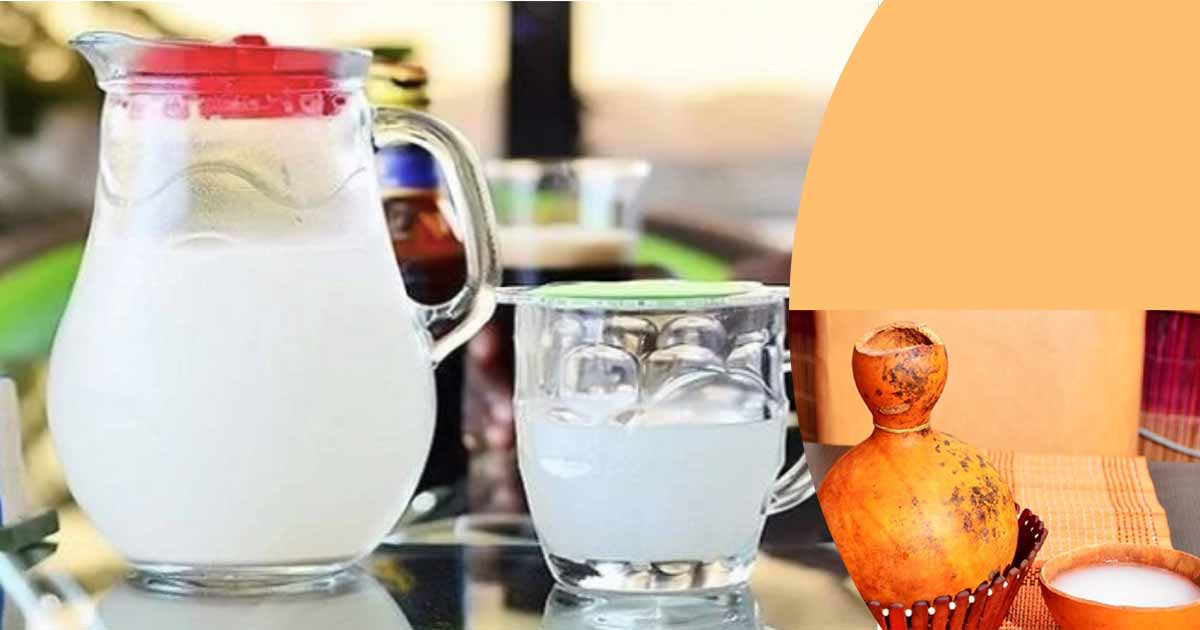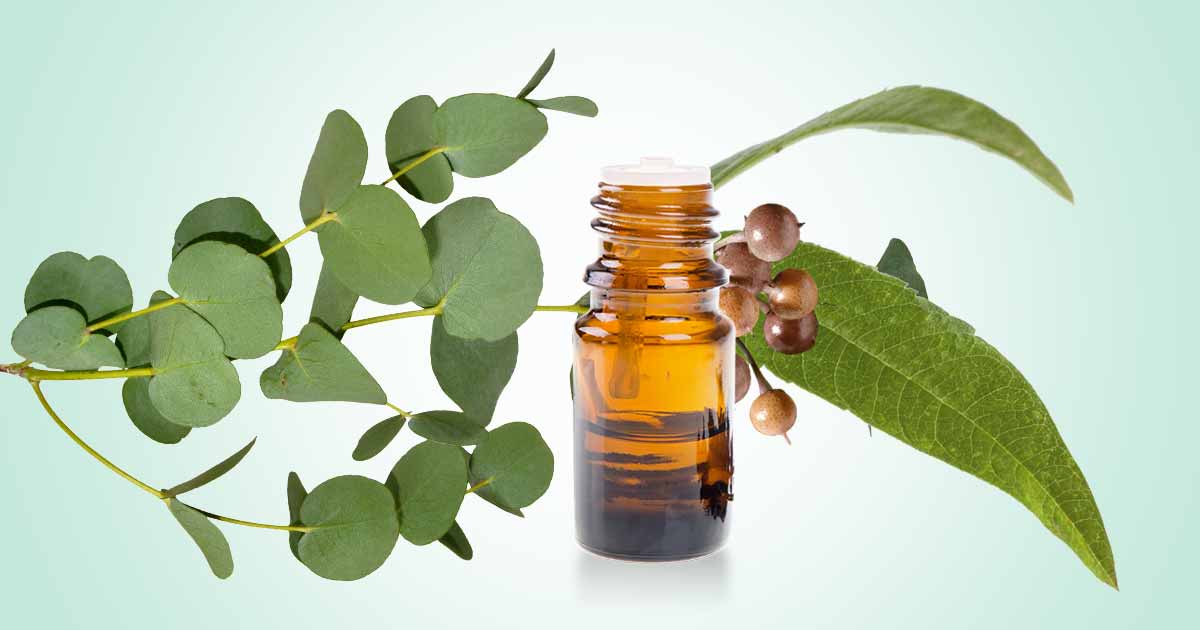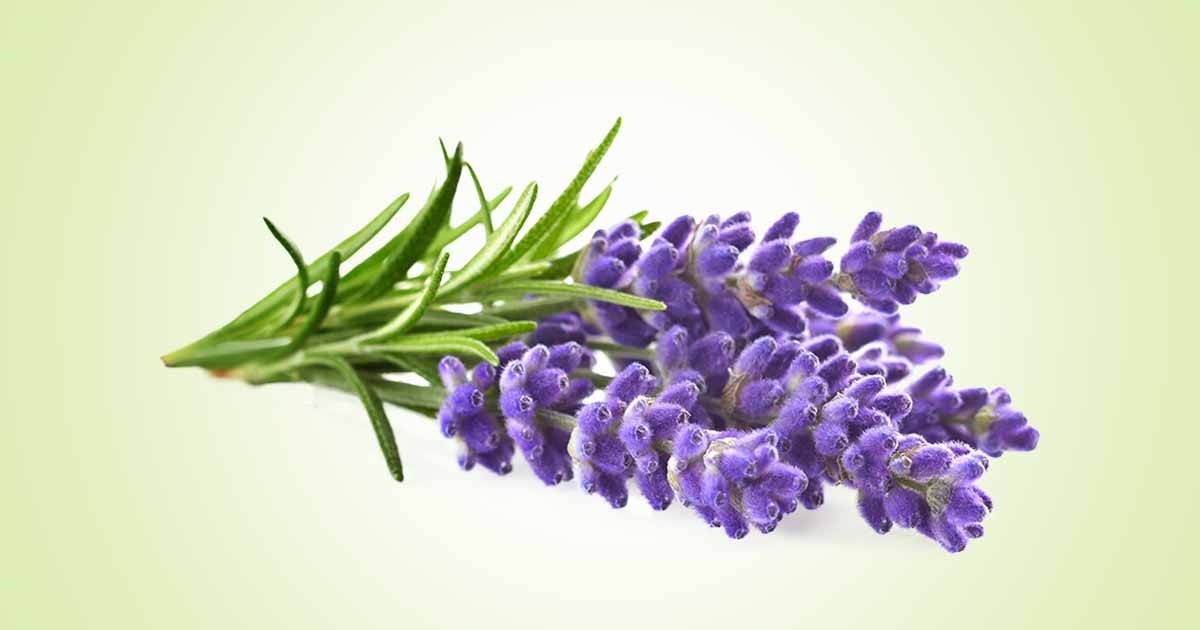Palm wine is an alcoholic beverage produced from the fermentation of sap of different palm species. Alongside other fermented traditional beverages in Africa, such as Pito, Teji, Togwa, Burukutu, Sherbote, it has good content of probiotics.
Palm wine is tapped through a series of steps that stimulate the flow of the sap. This involves perforation of the trunk, insertion of a tube in the hole and collection of the sap in a container (like calabash, bottle, keg).
Two methods are used to tap the wine. The first method involves climbing a live tall tree, and perforating the trunk in the top of the palm tree. The second method is the felling or cutting down of the tree before stem tapping.
Palm wine can be obtained from palm species such as wine raffia palm (Raphia vinifera), African Oil Palm (Elaeis guineense), silver date palm (Phoenix sylvestris), the palmyra, kithul palms, nipa palms, or jaggery palm (Caryota urens). Raffia palm wine is called Oguro (Yoruba) and Ngwo (Igbo).
Palm wine could be whitish, or milky from the heavy yeast and bacteria suspension. It is also effervescent, sweet, or acid in taste. During tapping, the sap changes from transparent to white due to a gum produced by the lactic acid bacteria, which may be dextran.
The wine is very popular in West Africa countries such as Nigeria, Ghana, Cameroon, and Asian countries like India, where three types of palm wine sendi, tari, and nareli are produced.
Other names of palm wine include malafu (DR Congo), “mmanya ocha”, “ngwo” and “nkwu” (Igbo), tuak, nira, bahar (Indonesia), vin de palme (French), toddy, kali, kaḷḷu, Tadi (India), tuba (Mexico), kache, namtanmao (Thailand), “mimbo” in Cameroon, “nsafufuo” in Ghana, and “bandji” in Côte d’Ivoire.
Constituents
Each 100 grams of palm wine has 34 calories, equivalent to 143 kilojoules. There are 0.4g protein, 2.5g carbohydrates, and 0.1g fat.
Amino acids, proteins, vitamins, and sugars are obtained. The most abundant minerals include phosphorus and magnesium, with others such as calcium, copper, zinc, manganese, iron, sodium. Cadmium, Pb, and Co are of minute quantities.
The sweet sap contains sugars, mainly sucrose, and others like glucose and fructose.
The characteristic aroma of palm wine is from volatile compounds such as higher alcohols, esters, acids, aldehydes, and ketones.
The wine from oil palm tree (Elaeis guineensis) also contain esters, carbonyls, alcohols and phenols, acids, sulphur compounds, 3 terpenes, 2 hydrocarbons, acetals, nitrogen compounds and a lactone. Other minor constituents include nitrates, nitrite, dimethylamine, and tyramine.
During fermentation of alcohol, the sap of the palmwine, which is sweet, become a rich substrate for many microbes. Lactic-alcoholic-acetic fermentation is carried out by the lactic acid bacteria (LAB), yeast and acetic acid bacteria (AAB).
Saccharomyces cerevisiae is the main microorganism responsible for the alcoholic fermentation and odorants production (Saccharomyces chevalieri, Zymomonas mobilis are other organisms that may be involved in the ethanol production).
The dominant lactic acid bacteria (LAB) are Lactobacillus plantarum and Leuconostoc mesenteroides, while Gluconobacter and Acetobacter genera are the major acetic acid bacteria (AAB). There are many yeasts, LAB and AAB, identified in palm wine.
The microorganism classes found in palm wine include Bacillus, Streptococcus, Saccharomyces, Schizosaccharomyces, Pischia, Leuconostoc, Micrococcus, Serratia, Aerobacter, Pseudomonas, Cornybacterium, Asppergillus, and Candida (Bassir, 1962, Omobuwajo, et al., 1987)
In early days of the palm wine tapping, it contains mainly sugars and almost no alcohol. Raphia palm wine has sucrose, maltose, glucose, and fructose sugars at early stage, xylose, and cellobiose at the middle stage, and galacturonic acid, arabinose and rhamnose sugars appear irregularly. There is decrease in sugar as fermentation occurs.
The ethanol composition can vary from 1 to 6%, lactic acid between 0.1 to 0.5%, and acetic acid between 0.02 and 0.4%, depending on the stage of the palm wine tapping when it is consumed.
Lactic acid gives palm wine the acidic property. Other organic acids are acetic acid, oxalic acid, tartaric acid, ascorbic acid, fumaric acid, citric acid, and malic acid.
Benefits of Palm Wine
As a probiotic:
Palm wine contains probiotics, which are live microorganisms, especially of the Lactobacillus and Bifidobacterium class, found in yogurt and other fermented foods, dietary supplements. They help digest food, destroy disease-causing cells, or produce vitamins.
Antioxidants: The wine contains natural phenols, which are antioxidants. Antioxidants prevent free radical damage and diseases such as cancer, heart diseases.
Contains nutrients: Phosphorus and magnesium are the main nutrient, but there are other minor nutrients like zinc, calcium. This may help in nutritional supplementation.
Protect against diabetes-induced testicular injury:
Animal studies by Ochuko L. Erukainure et al. (2019) using raffia palm wine on male albino rats induced with diabetes, and oxidative testicular injury. The wine reduced the levels of nitric oxide, malondialdehyde and myeloperoxidase activity, increased the antioxidant enzymes (glutathione level, superoxide dismutase, catalase) and ATPase activities.
Diabetes prevention:
H. Oboh et al., carried out studies to find out the postprandial glycemic responses of healthy individuals to local Nigeria drinks such as oil Palm-Wine, Bottled Raphia wine, ‘Kunu’, ‘Zobo’ drink, and Plantain-Wine. Palm wine maintained the lowest Glycemic index GI, with (11±5) compared to Kunu with a value as high as (63.0±8), and others Plantain, ‘Zobo’, and Raphia wine having 44.0±13, 33.0±3, and 36.0±4 respectively.
This suggests oil palm wine does not significantly raise the postprandial glucose levels in individuals.
Does palm wine benefit the eyes?
Palmwine from some palm plants species may contain vitamins such as vitamin C, Vitamin B1 and B12, which helps to protect the retina from inflammation, and may protect against eye problems such as cataracts, macular degeneration.
Drinking palm wine to boost lactation: fact or a myth?
In some places, breastfeeding mothers are encouraged to drink palm wine to enhance the flow of breast milk. This claim has no scientific backing, and may even be harmful to the neonate.
Health Concerns
May complicate diabetes, or obesity:
Palm wine contains high sugar, especially when freshly tapped, but decreases with fermentation. The high sugar content may pose a risk to people with diabetes or obesity who consume large quantities.
The alcohol content:
The ethanol content in palm wine can get as high as 5% during the fermentation. Any beverage with above 1.2% alcohol level cannot be regarded as a functional beverage, and will not claim health and nutritional benefits. Excessive intake of alcohol may cause damage to the liver.
Contamination of the palm wine
In order to boost production, some palm wine tappers resort to adding more water and artificial sweeteners to increase the sugary taste.
Also, during the tapping process, some pathogenic insects, flies, gain access to the container, and deposit toxins.
References
- http://www.ifrj.upm.edu.my/21%20(04)%202014/1%20IFRJ%2021%20(04)%202014%20Ruiz%20541.pdf
- https://www.academia.edu/3168049/A_Review_on_palm_wine
- https://www.researchgate.net/publication/233097359_Biochemical_constituents_of_palmwine
- https://www.nccih.nih.gov/health/probiotics-what-you-need-to-know
- https://www.researchgate.net/publication/344384337_Suitability_of_Palm_wine_as_a_Multi_Functional_Beverage
- https://www.caloriecounter.com.au/food/calories-in-palm-wine-ca-3-8-v-v-alcohol/












